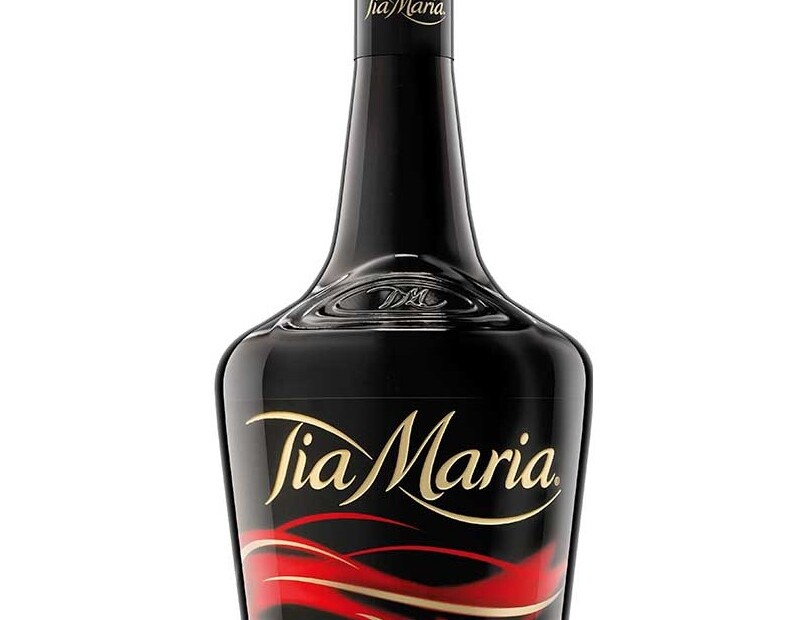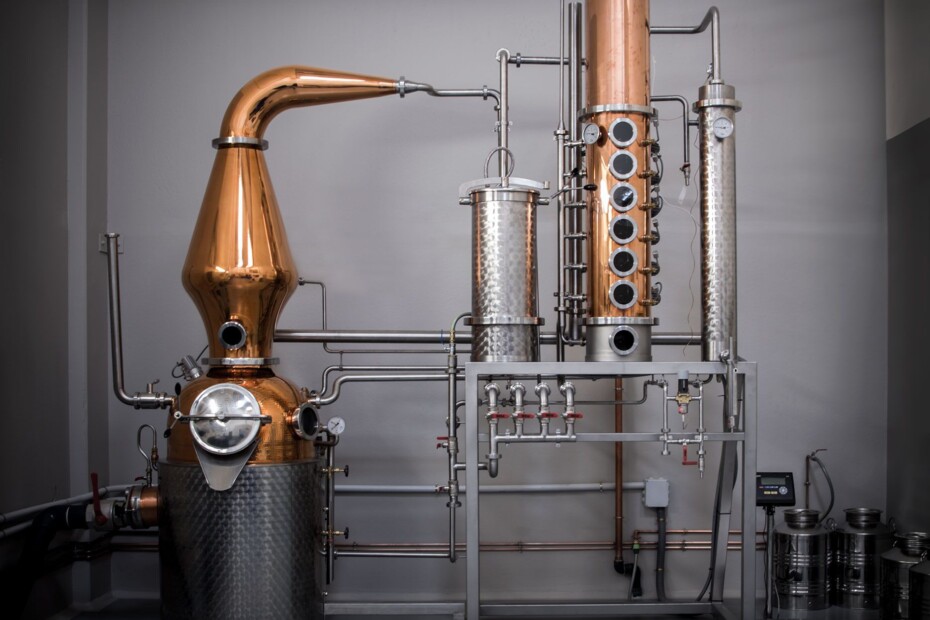what is it, how is it made, how to drink it, do you want to know Armagnac? France is one of the European nations with a charming gastronomic history, among which its liqueurs stand out. Brandy is one of those French alcoholic beverages that have gone around the world and that enjoy great quality, and of course, Armagnac is a delight that we must know in depth. Hazelnut, vine peach, violet, lime blossom, vanilla, plum and pepper are some of the aromas that characterize this delicious liqueur from the Armagnac region.
En esta nota, encontraras lo siguiente
what is Armagnac?
Armagnac is a type of brandy produced in the French region of Armagnac, which is located in the southwest of France. It has an alcoholic content of 40% or more, and is the result of the distillation of dry white wine obtained from four different grape varieties.
Origin of Armagnac
During the 15th century, evidence and constancy were found that assure the production, consumption and commercialization of Armagnac, for some historians it is the oldest eau-de-vie in France, which has always been considered as one of great purity and nobility. 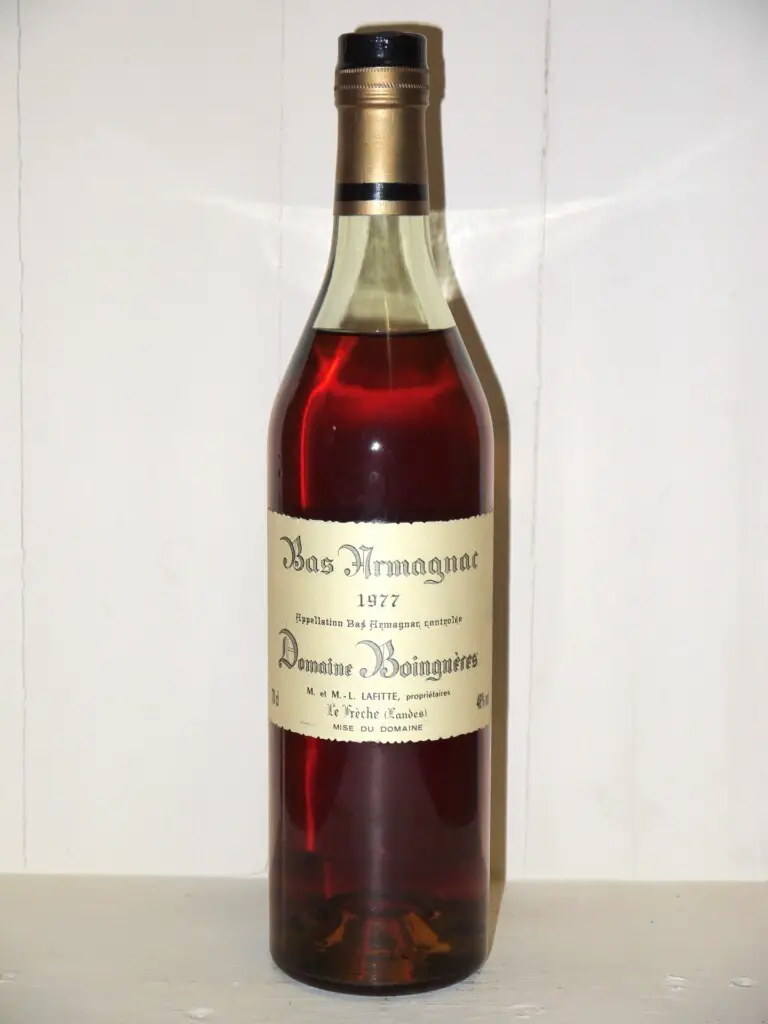 Thanks to Maitre Vital Dufour (1260-1327), Prior of Eauze, ecclesiastic and medical scholar, we can trace the origin of Armagnac . This scholar wrote in 1310 a manuscript describing the 40 virtues of an alcohol called Aygue Ardente, which is considered the ancestor of Armagnac.
Thanks to Maitre Vital Dufour (1260-1327), Prior of Eauze, ecclesiastic and medical scholar, we can trace the origin of Armagnac . This scholar wrote in 1310 a manuscript describing the 40 virtues of an alcohol called Aygue Ardente, which is considered the ancestor of Armagnac.
In 1531, the manuscript was printed and today a copy is kept in the archives of the Vatican Library. Armagnac comes from the French region of the same name, which is located in the heart of Gascony, southwest France, between Bordeaux and the Pyrenees, bounded by the Garonne River and the French Basque country.
By 1909, the 3 regions producing Armagnac eaux-de-vie in the Landes, Lot et Garonne and Gers had been established, and on August 6, 1936, the Appellation d’Origine Contrôlée (AOC) was constituted. Within this appellation, three different appellations are distinguished:
- Bas-Armagnac: Originating from sandy soils that produce a very fruity, fine and complex eau-de-vie.
- Armagnac-Ténarèze: It comes from the clay-limestone soils surrounding the town of Condom. They are stronger liqueurs with better aging potential.
- Haut-Armagnac: Its production is confidential.
what is Armagnac made from?
Armagnac is made from white wines produced with four grape varieties established by its AOC. Within the grape varieties admitted for its production we can find: 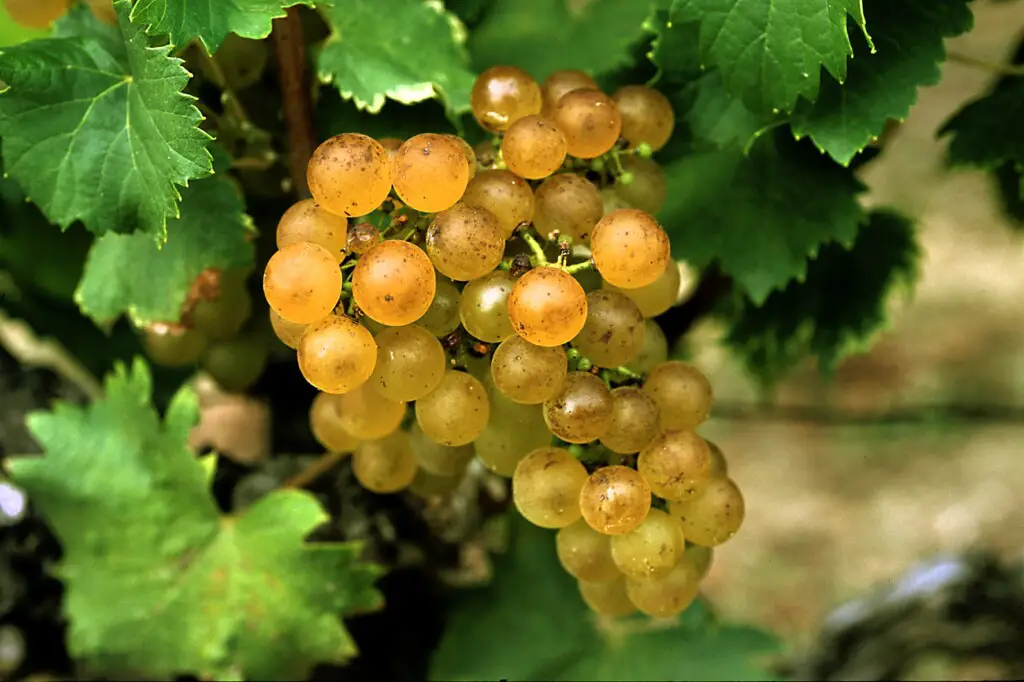
- Ugni-Blanc: Grape for distillation by antonomasia, which gives origin to wines with high acidity and low alcoholic degree that allow to elaborate good and very fine eaux-de-vie.
- Folle Blanche: The most traditional and recognized of the four varieties, its cultivation on ungrafted vines makes it more fragile and therefore more scarce. This variety produces fine eaux-de-vie, with floral nuances and great elegance.
- Baco: A variety that adapts well to the sandy soil and boulbène of the Bas-Armagnac area where it produces soft and round eaux-de-vie, with ripe fruit aromas, especially after long aging.
- The Colombard: It is used to produce the wines of Côtes de Gascogne where it is highly appreciated. It produces fruity eaux-de-vie with spicy aromas.
- Clairette de Gascogne, Jurançon blanc, Plant de Graisse, Meslier St François or the white and roséMauzac are other varieties allowed for the production of armagnac, although their production is not usually so large.
how is Armagnac made?
Although nine varieties are allowed, only three are used, almost exclusively, to make wines for distillation, these are: ugni blanc, colombard and folle blanche. Its process begins with a soft pressing, here the must ferments naturally and is transformed into a white wine with low alcohol content, which is between 8% and 10%, high acidity and low quality. 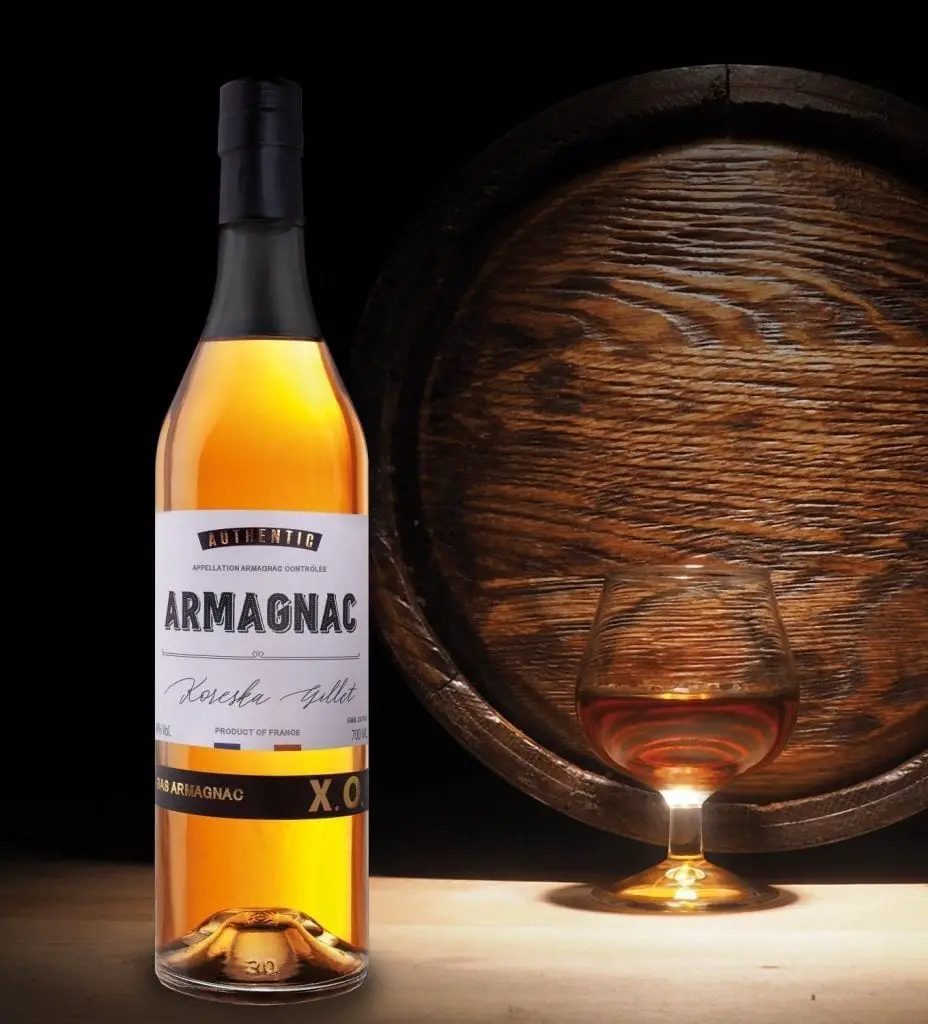 The wine obtained remains for a few months on its lees and is distilled before April 30 of the year following the harvest. Its distillation process is continuous and is carried out in a pure copper still. Its system consists of an alembic boiler, heated by direct fire and divided into two or three superimposed containers, separated by perforated plates, which communicate with each other by a valve that allows the lower emptying.
The wine obtained remains for a few months on its lees and is distilled before April 30 of the year following the harvest. Its distillation process is continuous and is carried out in a pure copper still. Its system consists of an alembic boiler, heated by direct fire and divided into two or three superimposed containers, separated by perforated plates, which communicate with each other by a valve that allows the lower emptying.
Here, the wine passes from the vat to the alembic and before distillation it serves as a coolant, causing the alcohol vapors to condense. As the alcohol evaporates, it rises and gradually flows into the upper part of the alembic, impregnating the wine with its aromas. Armagnac is aged in French oak barrels from Monzelun, a forest located in the county itself, made of split oak and dried for a long time, which allows for rapid aging.
The first eau-de-vie is placed in new barrels, with frequent racking, for the time necessary for the tannin of the new oak to reduce the potency of this young eau-de-vie. The second stage takes place in old casks that have contained old eaux-de-vie to avoid further incorporation of tannin. In this container, the eau-de-vie completes the transformations and develops its characteristic bouquet. The armagnac bottle should be kept in an upright position to prevent the alcohol from spoiling the cork. The following types of armagnac exist according to its aging:
- Three stars: Those with more than 2 years of aging in wood
- V.S.O.P .: It is the one with more than 5 years in barrels
- X.O: Armagnac with more than 6 years of aging
- Hors d’Age: It is a blend of eaux-de-vie in which the youngest has been aged in wood for 10 years.
Likewise Armagnacs are presented with age mentions: 15 years, 20 years, 30 years, etc, according to the time the producer has destined for its aging.
How to drink Armagnac correctly
Since July 2006, there is a new appellation known as white Armagnac, which is kept in a neutral container and consumed neat, often chilled and sometimes with ice or diluted with water, soda or fruit juice. 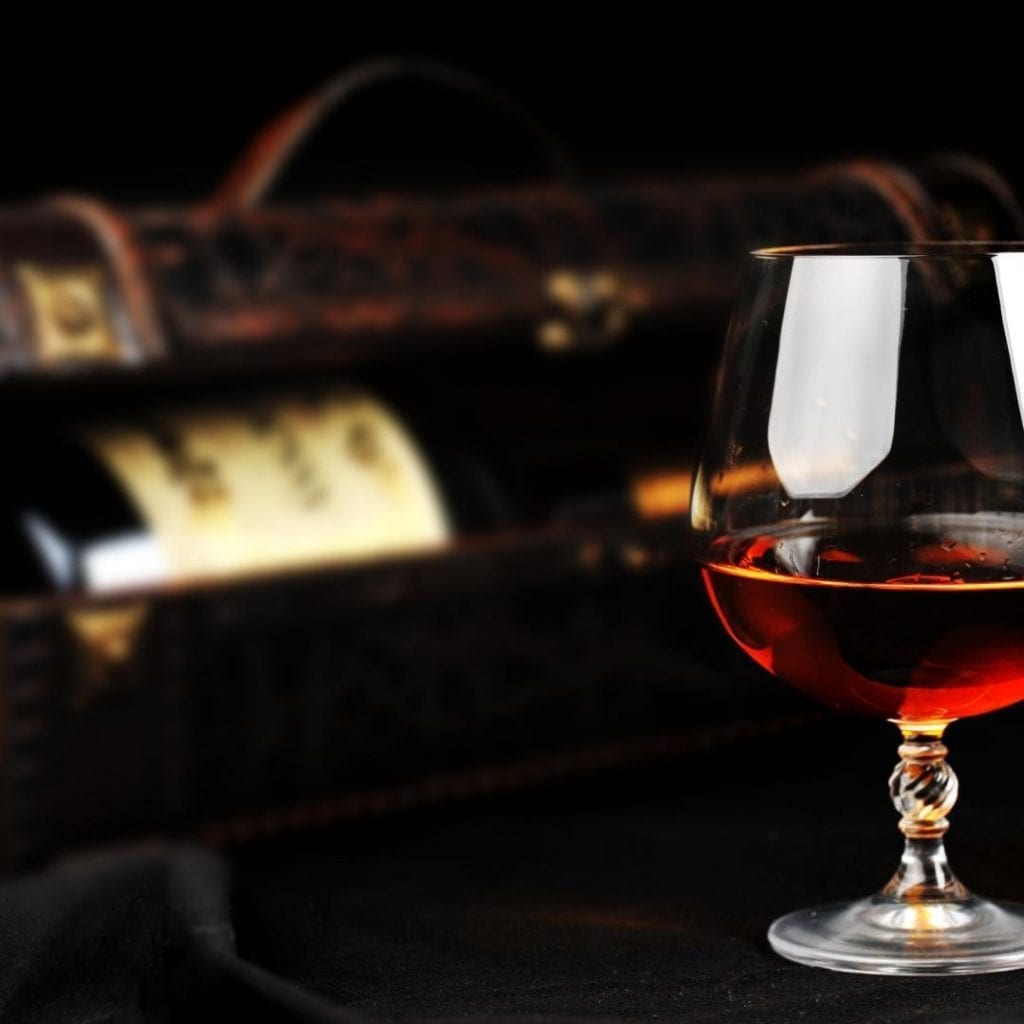 Armagnac is a type of brandy that should be drunk in a balloon or tulip style glass that concentrates the aromas of this French distillate full of subtle aromas and delicious flavor. In general, Armagnac is usually drunk neat; some people prefer to add a little water to lower its alcoholic content, however, some people think that this should not be done since part of the aromas and characteristics of the liqueur are lost.
Armagnac is a type of brandy that should be drunk in a balloon or tulip style glass that concentrates the aromas of this French distillate full of subtle aromas and delicious flavor. In general, Armagnac is usually drunk neat; some people prefer to add a little water to lower its alcoholic content, however, some people think that this should not be done since part of the aromas and characteristics of the liqueur are lost.


